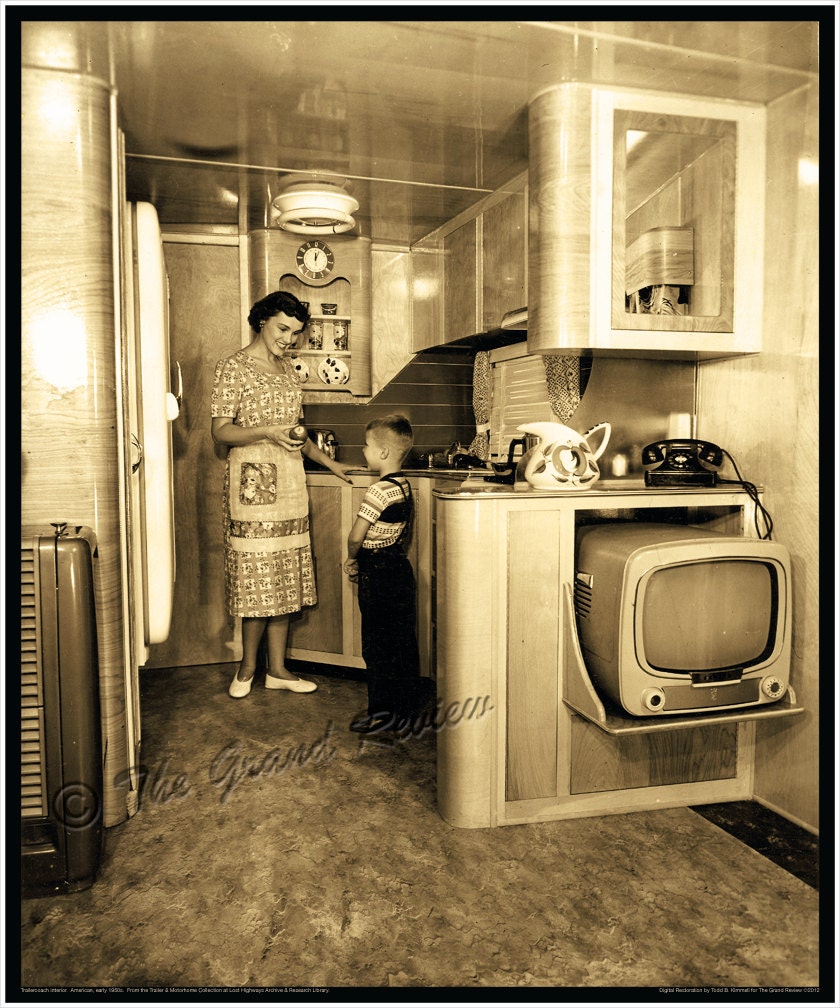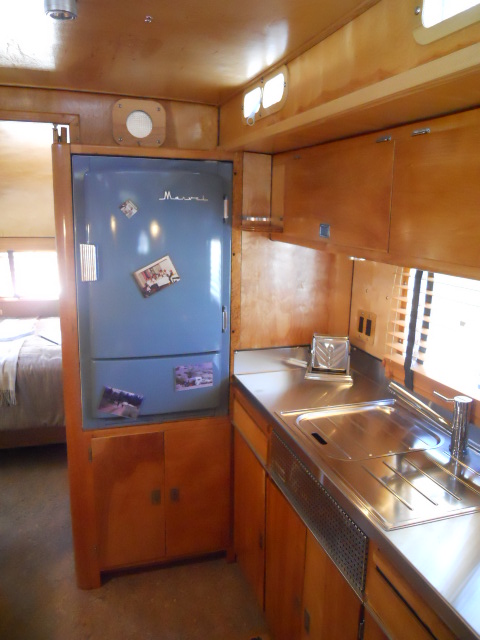Ergonomic design considerations
Wasn't sure where to put this post. My dream-build is still many months away, but I'm thinking about it a lot. One thing I plan to do to civilize my trailer design is to include a recessed toe-kick in the kitchen cabinetry. I don't understand how trailer manufacturers have managed to ignore something so important for so many decades, but look at vintage campers on up to the latest models, and very likely there is no toe-kick... Toe-kicks have been a part of kitchen cabinetry for generations, and there's a reason for it --
I don't recall ever seeing a toe-kick in a travel trailer or motorhome. The drop floors of some tiny trailers like Serro Scottys provide the effect of a toe-kick, but it appears to be inadvertent, not a purposeful design element.
Obviously, this is not an issue with rear-galley teardrops, but in standys with interior galleys, it would be. Has anyone else ever thought about this conspicuous oversight in the recreational vehicle manufacturing industry? Have you added, or thought about adding, a toe-kick to your galley design?
A toe kick is a recess at the bottom of a base cabinet. It provides a recess for your feet so you can get close to the counter top without losing your balance.
If you do not think it is that important try standing with your toes against a wall.
Even if you do not typically put your feet into the toe kicks recess you still need it. After a couple of times bumping into the cabinet without a toe kick you will start standing farther back. That means leaning over more and therefore straining your back, shoulders and arms and generally making things uncomfortable for yourself. http://ergonomics.about.com/od/kitchen/f/toe_kick.htm
I don't recall ever seeing a toe-kick in a travel trailer or motorhome. The drop floors of some tiny trailers like Serro Scottys provide the effect of a toe-kick, but it appears to be inadvertent, not a purposeful design element.
Obviously, this is not an issue with rear-galley teardrops, but in standys with interior galleys, it would be. Has anyone else ever thought about this conspicuous oversight in the recreational vehicle manufacturing industry? Have you added, or thought about adding, a toe-kick to your galley design?




 Danny
Danny  . If you have men's size 11 or 12, you might need a toe-kick, I don't know.... I find that, even in the house, the toe-kick just makes it harder to clean and it seems to become a harbor for crumbs, dog hair, etc. When we are preparing food or washing dishes, we tend to bend slightly, bringing our head, shoulders, and arms farther forward than our feet. The toe-kick may simply be an outdated idea that society has kept.
. If you have men's size 11 or 12, you might need a toe-kick, I don't know.... I find that, even in the house, the toe-kick just makes it harder to clean and it seems to become a harbor for crumbs, dog hair, etc. When we are preparing food or washing dishes, we tend to bend slightly, bringing our head, shoulders, and arms farther forward than our feet. The toe-kick may simply be an outdated idea that society has kept. 